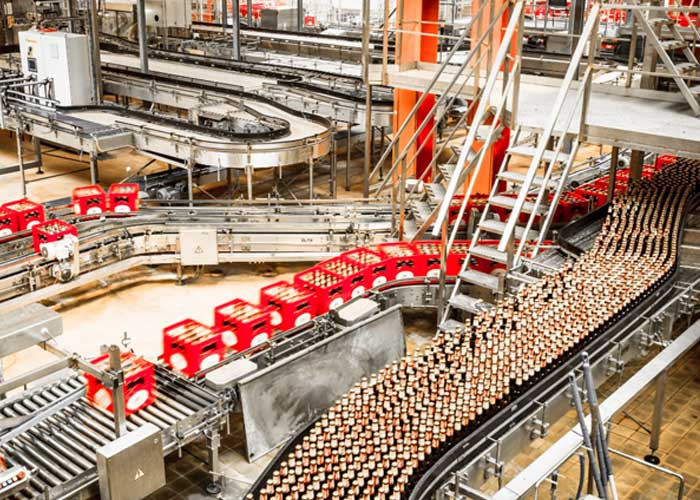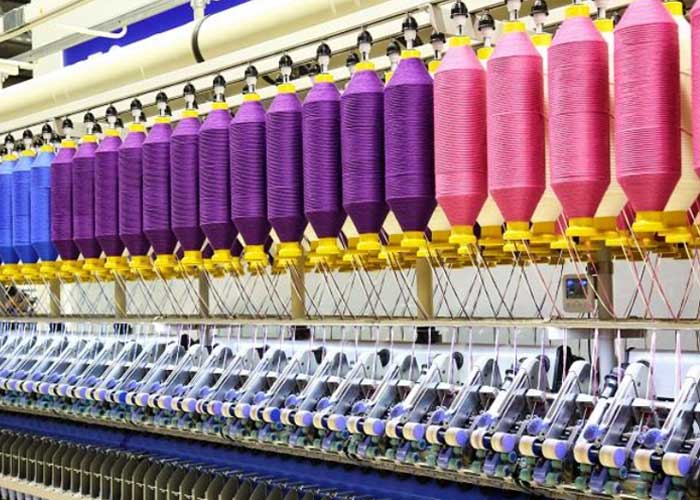Application

Plastic and Rubber Manufacturing
- Extrusion and Injection Molding: Heaters are used to melt and shape plastic materials in extrusion lines and molding machines. Common heaters include cartridge heaters, band heaters, and ceramic heaters.
- Rubber Curing: In the rubber industry, heaters are used in curing presses to apply heat and pressure to cure rubber products. Tubular heaters and silicone rubber heaters are often used in this process.
- Blow Molding and Thermoforming: Heaters help in softening plastic materials for molding processes. Ceramic band heaters and silicone rubber heaters are often used to maintain even heat distribution.
Chemical Processing
- Heating Liquids and Gases: Industrial heaters are used in reactors, pipelines, and tanks to heat chemicals or maintain required temperatures. Immersion heaters and flanged heaters are commonly used for liquid heating, while finned tubular heaters are used for heating gases.
- Distillation: Heaters are applied to provide the necessary heat for separating chemicals through distillation processes.
- Drying and Dehydration: Tubular heaters, band heaters, and drying ovens are used to heat chemical compounds, remove moisture, and dry solids.


Food and Beverage Industry
- Heating and Cooking: Heaters are used in the food production process, such as cooking, sterilizing, or pasteurizing food products. Immersion heaters and hot water systems are often used for this purpose.
- Drying and Dehydrating: Convection heaters and drying ovens are used to remove moisture from food products, such as fruits, vegetables, or meats.
- Maintaining Temperature in Storage: Industrial heaters are used in food storage areas (like cold storage rooms or refrigerated warehouses) to prevent freezing or maintain optimal temperature conditions.
Metal and Glass Processing
- Heat Treating and Annealing: Heaters are used for heat treatment of metals to alter their physical properties (e.g., hardness, ductility). Induction heaters or furnaces with electric resistance heaters are commonly used for this purpose.
- Melting and Casting: Industrial heaters are used to melt metals for casting. High-temperature heaters like ceramic and metal sheathed heaters are ideal for this purpose.
- Glass Manufacturing: In glass production, heaters are used to melt glass, mold it, and control the temperature for shaping. Furnace heaters and high-temperature band heaters are often used.


HVAC (Heating, Ventilation, and Air Conditioning)
- Air Heating: Finned tubular heaters and air heaters are used in heating systems to provide warm air in commercial and industrial spaces.
- Dehumidification: Industrial heaters are used to regulate humidity levels by heating air to absorb moisture, especially in cold environments.
- Process Air Heating: For various manufacturing processes, such as in drying, curing, and finishing, electric air heaters are used to maintain the proper temperature and moisture balance.
Pharmaceutical Industry
- Sterilization: In pharmaceutical manufacturing, heaters are used in sterilization processes to kill bacteria or pathogens. Immersion heaters or steam heaters are often used in sterilization tanks and autoclaves.
- Drying: Hot air ovens and dehydrators are used for drying pharmaceutical products, such as tablets, powders, and capsules.
- Reaction Heaters: Heaters maintain the necessary temperature in chemical reactors for the production of pharmaceutical ingredients.


Oil and Gas Industry
- Pipeline Heating: Heaters are used to keep pipelines from freezing, especially in cold climates. Heating tapes or tank heaters are used to maintain the flow of crude oil and natural gas.
- Tank Heating: Large tanks containing oil or other viscous liquids require heating to maintain flowability. Immersion heaters or tank heating pads are commonly used.
- Steam Generation: Boilers and steam generators are used to generate steam for power generation or processing applications.
Textile Industry
- Drying: Industrial dryers are used to dry textiles, such as fabrics, yarns, or garments. Hot air heaters and infrared heaters are commonly used in drying processes.
- Pressing and Finishing: Press heaters are used for finishing fabrics, such as in ironing, embossing, or setting.
- Dyeing and Printing: In dyeing processes, heated chambers and tubular heaters are used to control temperatures and ensure even dyeing.


Water Treatment
- Tank and Pipe Heating: In water treatment plants, immersion heaters and tank heaters are used to maintain the temperature of water during various stages of treatment, such as filtration or chemical dosing.
- Desalination: Heaters are also used in desalination processes to speed up the evaporation of water, aiding in the production of fresh water from seawater.
Renewable Energy Industry
- Geothermal Energy: Industrial heaters are used in geothermal energy production to regulate temperatures and enhance the flow of steam or hot water.
- Solar Power Systems: Heaters are sometimes integrated into solar energy systems to maintain optimal operating temperatures for the storage of thermal energy.


Clean Rooms and Laboratories
- Temperature Control: Heaters are used in laboratories and clean rooms to maintain consistent, controlled temperatures, ensuring the quality and integrity of scientific experiments.
- Incubation: In research and development settings, incubators and heated chambers are used to maintain specific temperatures for biological samples.
Our Projects
Latest Works
Science Lab Building
New York, USA
Long Gate Bridge
Malmo, SE
Enix Lawyer Building
Toronto, CA
Deep Sea Bridge
Athens, GR
Car Tech Building
Denver, USA
Nctech Building
Texas, USA
Vax Tech Building
Ontario, CA
Food Lab Building
Athens, GR
Trust and Worth
Our Clients
Request a Quote
Ready to Work Together? Build a project with us!
Learn More From
Frequently Asked Questions
Lorem ipsum dolor sit amet, consectetur adipiscing elit. Ut elit tellus, luctus nec ullamcorper mattis, pulvinar dapibus leo.
Lorem ipsum dolor sit amet, consectetur adipiscing elit. Ut elit tellus, luctus nec ullamcorper mattis, pulvinar dapibus leo.
Lorem ipsum dolor sit amet, consectetur adipiscing elit. Ut elit tellus, luctus nec ullamcorper mattis, pulvinar dapibus leo.
